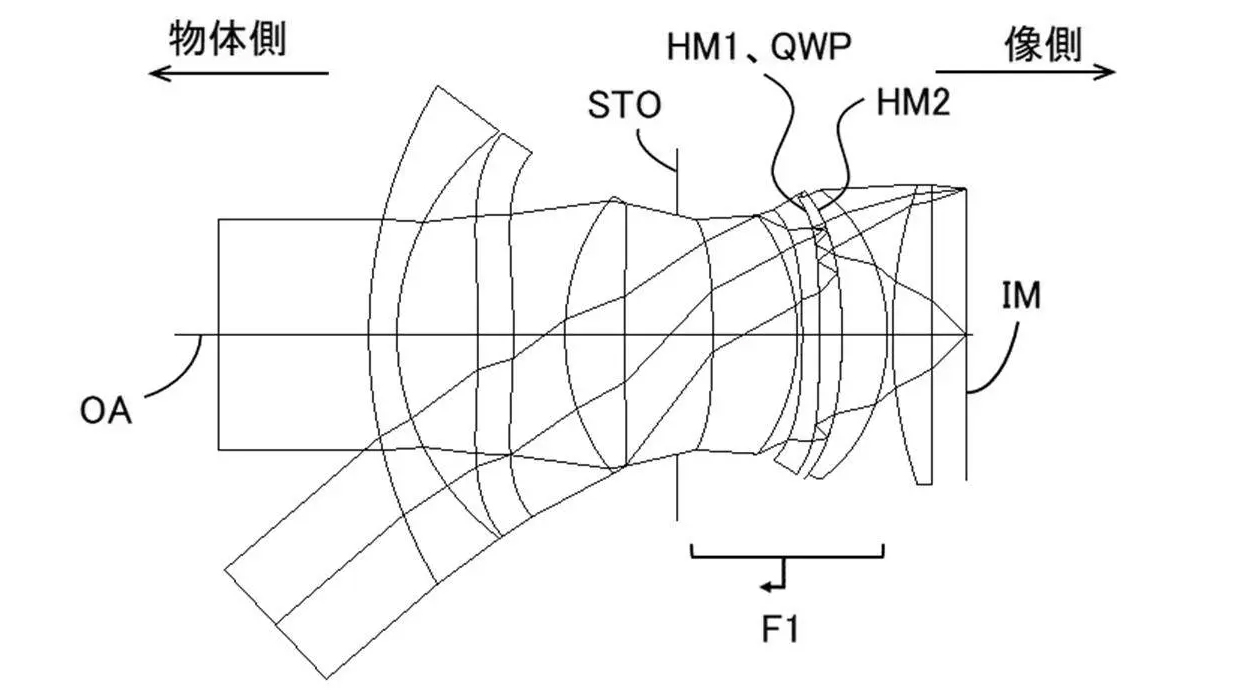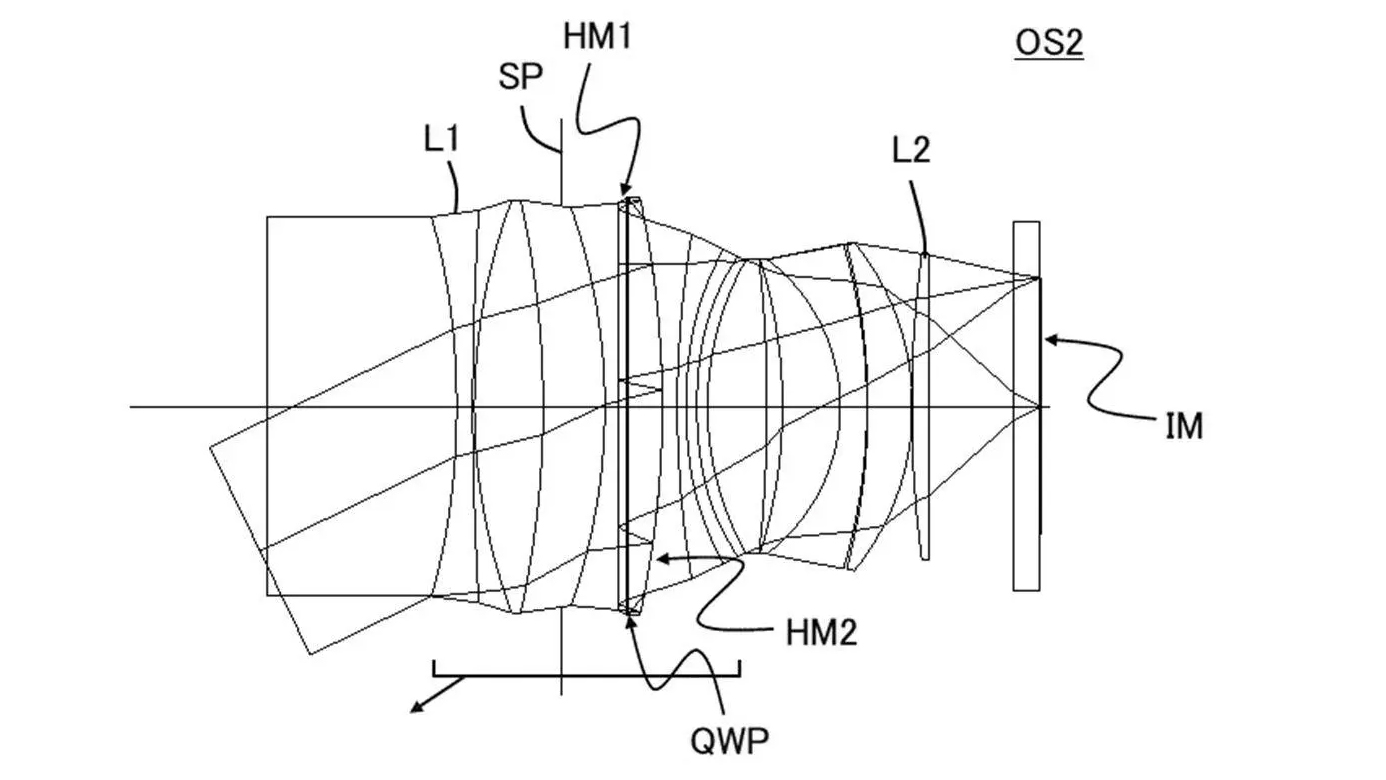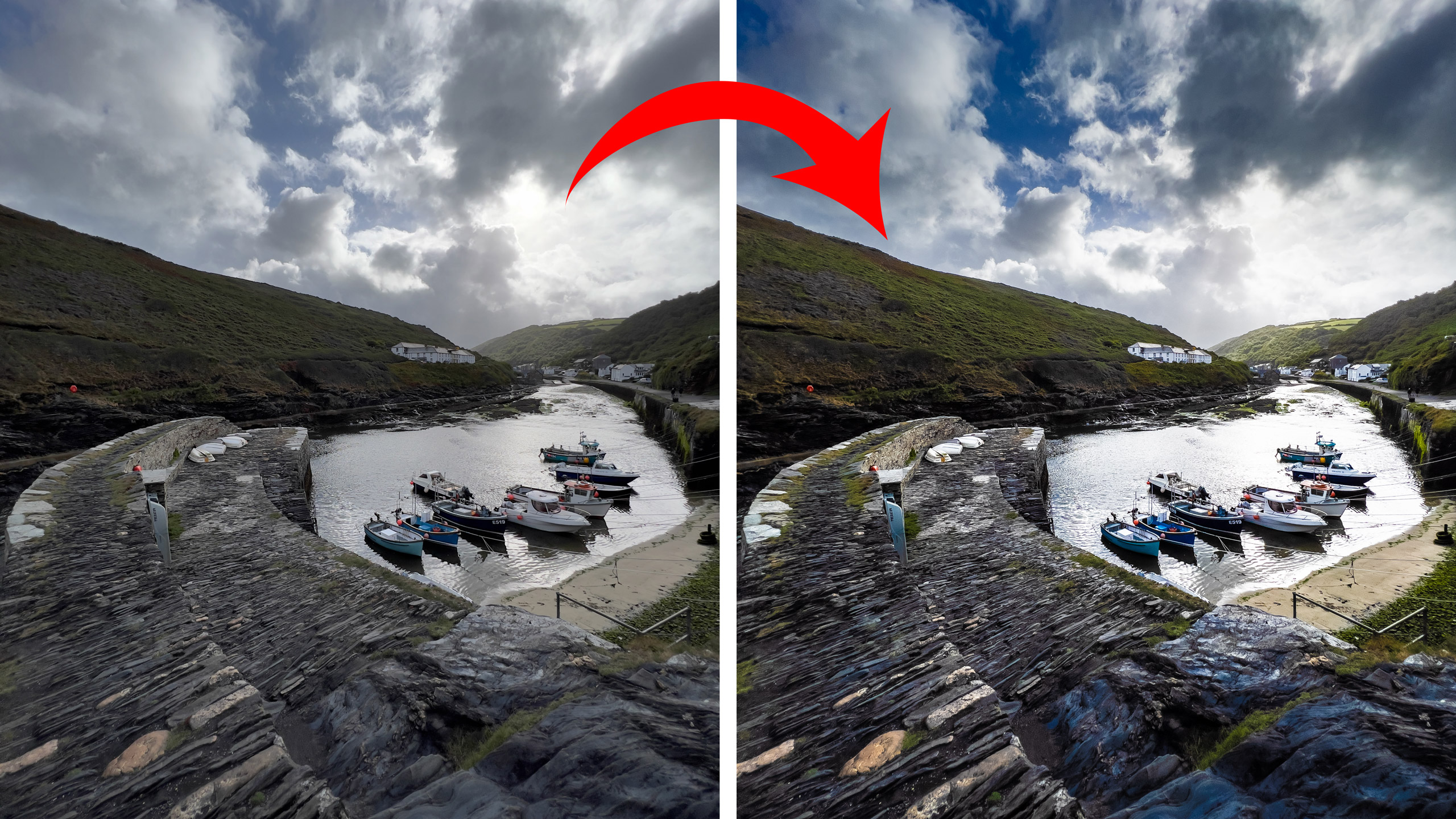Canon is working on an f/0.7 lens that would break the speed limit
Canon has just patented these two insanely fast lenses, and here's what I think about that
Canon's recent patents for a 24mm f/0.7 and 32mm f/0.75 lens are making waves, and it's easy to see why. The faster the lens, the better – especially when shooting in low light, capturing fast-moving subjects, or getting that nice dreamy bokeh effect.
If you're wondering what is a fast lens, read why they are such a key aspect to consider when it comes to creating high-quality imagery.
The recent patents unveiled by Canon, as reported by Canon Addict, are creating quite a buzz. These patents not only give us an exciting glimpse into Canon's innovative lens design process but also have the potential to set new standards in lens history.
While fast optics like f/0.95 lenses aren’t exactly rare on the market—and we’ve certainly seen a few (including the Zhongyi Mitakon Speedmaster 50mm f/0.95, or Nikon Nikkor Z 58mm f/0.95 Noct)— Canon's patent for a 24mm f/0.7 optical system specifically grabs my attention.

Canon has dabbled in fast lenses before, with its fastest being the Canon 50mm f/0.95. Now, if Canon pulls off this 24mm f/0.7 or 32mm f/0.75, it could really shake things up. We're talking about some serious speed that can outpace the competition.
The 24mm would match some of the fastest lenses in photography history, like the Carl Zeiss Planar 50mm f/0.7 designed for the NASA Apollo lunar program. There's also the legendary Carl Zeiss Super-Q-Gigantar 40mm f/0.33, but that was more of a publicity stunt and didn't actually work.
According to the patents, Canon is looking at using transmissive surfaces and reflective surfaces on one optic, and polarizing elements and half mirrors on the other to achieve those ridiculous apertures.

While the patents show that Canon sees something worthwhile in this technology, investing plenty of time, money and research, the big question is whether these lenses will actually make it past the patent stage.
Get the Digital Camera World Newsletter
The best camera deals, reviews, product advice, and unmissable photography news, direct to your inbox!
That said, the idea of shooting with such fast optics would grab the attention of many, perhaps making them buy not just the lens but maybe even switch to a whole new camera system. After all, a lens can affect image quality even more than the camera body itself!
You might also like…
Check out our camera rumors hub for the latest speculation about what might be coming next. Or for Canon's current line-up, check out our guides to the best Canon cameras and the best Canon RF lenses. If you are interested in fast glass, here's a look at the fastest lenses for your camera.

Kim is the Staff Writer on Digital Camera World, and formerly Technique Editor at Digital Photographer, focusing on the art and science of photography. With a Master’s degree in Photography and Media, she is driven to educate through an analytical approach, visually and technically. With her guides and tutorials, Kim seeks to uncover new facets of this time-honoured medium and foster a deeper understanding of its profound role in culture. Kim highlights topics that resonate with modern society, including women in photography and critical issues such as environmental conservation. She also discusses and reviews camera gear, giving you an overview to find the best fit for your photography journey.
You must confirm your public display name before commenting
Please logout and then login again, you will then be prompted to enter your display name.
